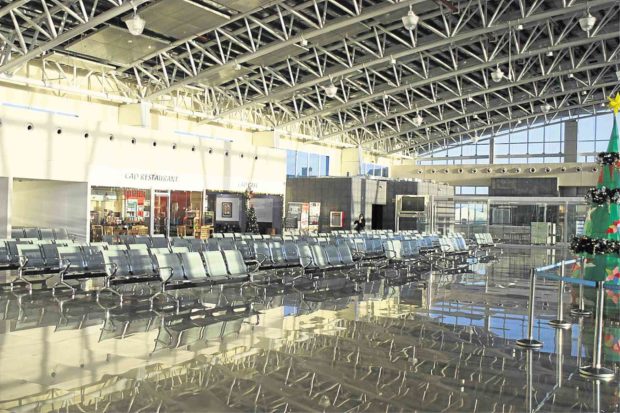Pampanga risen from the ashes
Twenty-eight years ago, Pampanga became known for one tragic event: the eruption of Mount Pinatubo. More than a thousand were killed, some 1.5 million residents were displaced, while billions worth of public infrastructure were damaged by the avalanche of ash and volcanic debris, and the mudflows (lahar) that flooded the plains.
For years, that was what a lot of people knew about Pampanga: the poor victim of a massive catastrophe. Yet 28 years later, the province became a thriving culinary capital that boasts of progressive cottage industries, and even has its own Special Economic Zone.
Far from its former image of a damsel in distress, Pampanga is now the booming and urbanized region of Central Luzon.
Infrastructure
Pampanga is approximately two hours’ drive from Metro Manila. It can be accessed via the North Luzon Expressway (NLEx) and Subic-Clark-Tarlac Expressway (SCTEx). These roads connect the province to Metro Manila and the rest of Luzon. In addition, the MacArthur Highway and Jose Abad Santos Avenue traverse through the province, providing easy access among the cities and municipalities.
Pampanga has the Clark International Airport, which offers international and domestic flights. It is located at the Clark Freeport Zone, the former site of the American-led Clark Air Base.
Landmarks
Over the years, Pampanga has turned its tragic losses into economic gains. Former buildings that became buried underneath lahar are now tourist attractions. In particular, the 16th century San Guillermo Parish Church now stands at half its original height, with its bottom portion now concealed by the remains of volcanic activity.
Though not exactly located in Pampanga, Mt. Pinatubo lies near the region, in the adjacent province of Zambales. The volcano that once wreaked havoc in Central Luzon is now quiet and caters to day hikes. Tourists can trek to the crater to view the world’s largest lahar canyon.
In addition to these lahar-themed attractions, visitors to Pampanga can also check out its various recreational spots.
Popular attractions include Zoocobia Fun Zoo, Sky Ranch San Fernando Pampanga, Punning Hot Spring, Miyamit Falls, and various restaurants in the province.
Schools
For those thinking of settling near Pampanga, there are various collegiate and secondary schools that are scattered across the province. For one, there is the University of the Philippines-Diliman Extension Program at the Clark Freeport Zone.
Other schools include the University of the Assumption, Pampanga State Agricultural University, Our Lady of Fatima University, Holy Angel University, and various campuses of Don Honorio Ventura Technological State University. The province also caters to a TESDA Training Center in San Fernando.
Nearby tourist spots
Beyond Pampanga, there are various areas in Central Luzon that are becoming popular business hubs and tourist destinations. Zambales, for one, caters to Subic, once the home of US military facilities and now the place to go to for duty-free shopping, swimming and extreme water sports.
Bulacan, which lies south of Pampanga, has the historical Barasoain Church, Biak-na-Bato National Park, and the enormous Philippine Arena. Lastly, Nueva Ecija, which lies to the east of Pampanga, is the primary source of our country’s rice supply and onions for exports.
Opportunities
Overall, Pampanga has a lot of things to offer. Though it once suffered from the wrath of an angry volcano, it has proven itself capable of overcoming its tragic state. The province, along with adjacent areas in Central Luzon, shows much promise in terms of economic development and tourism. With its thriving economic zone and international airport, Pampanga offers a huge potential in becoming a new metropolis.
Hopefully though, despite the continuous flow of investors and tourists, the region will still be able to preserve its natural resources and ecology.
Pampanga is a place that can both cater to urban and rural amenities. Let us hope that the province will continue to rise above the ashes and lead the way in the growth of Central Luzon.

Mt. Pinatubo of Zambales, the volcano that wreaked havoc on Pampanga, now caters to day tours and treks.
Sources: https://lga.gov.ph; www.alviera.ph; Judgefloro, Patrick Roque, and TheJMP617 via Wikimedia Commons; Curiositydrivesthecat via Pixabay.com



